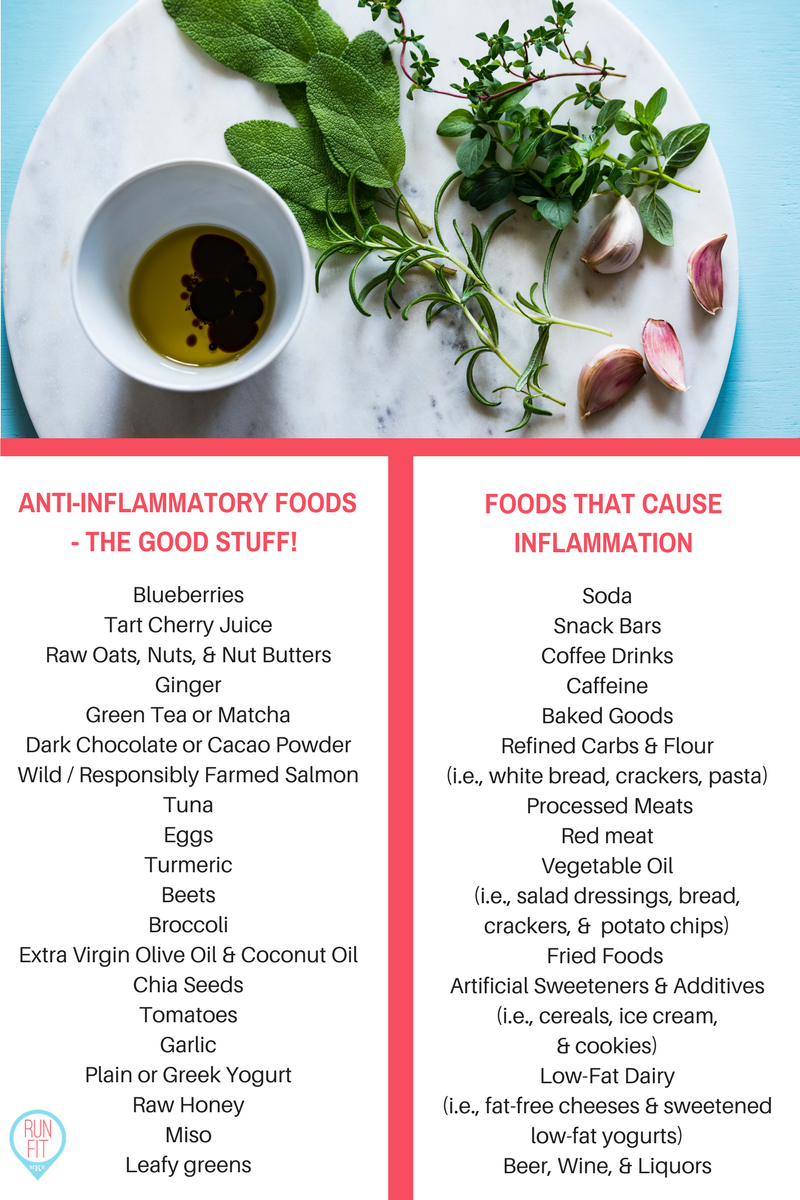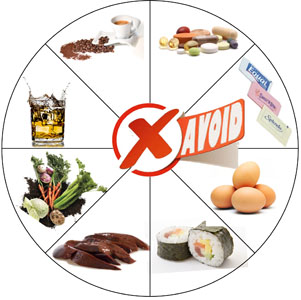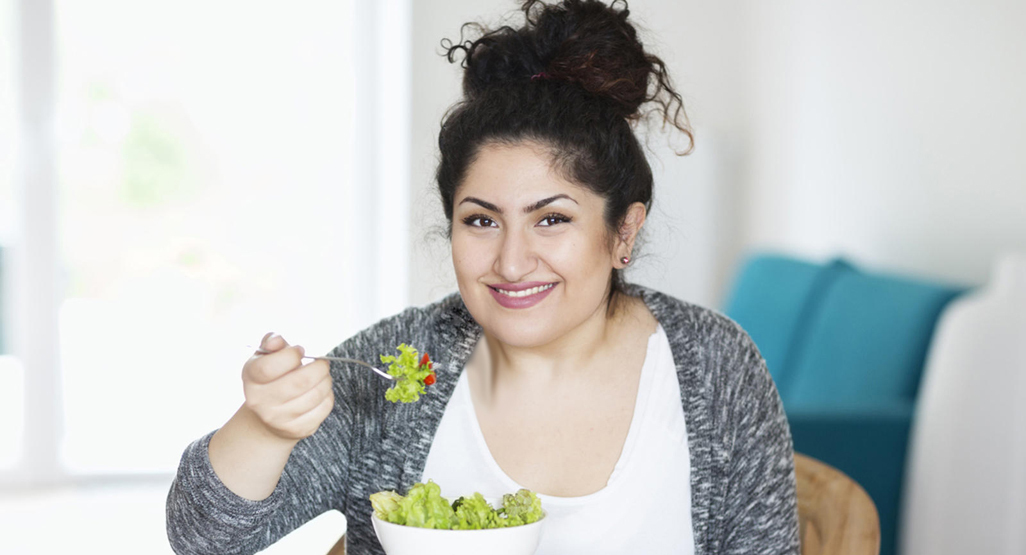
While outbreaks of foodborne illness are almost always preventable, there are some ways you can minimize the risk. One way to reduce the risk is to practice good hand hygiene, by washing your hands thoroughly before handling any food. This will help prevent pathogens from spreading to other foods. You can scrub your hands with soapy water for 20 second. Make sure you check the cooking time of any food you order. You can throw away uncooked food that isn't safe to eat.
Not only should you practice hygiene, but you also need to be aware of what food you are eating. Food poisoning could result from eating raw meats, poultry, eggs, seafood, or shellfish. Avoiding these foods can help you avoid food poisoning. Also, wash your fruits and veggies before you use them. Depending on your state's regulations, you may be eligible to receive a free virtual doctor appointment within 15 minutes of having your meal.
Wash your hands often and take note of the temperature. Raw meat, fish, and poultry can contain harmful bacteria and toxins. For harmful pathogens to be eliminated, make sure your dishes are cooked thoroughly. Ask for a different plate if you are unsure. Make sure to thoroughly wash your hands after you prepare food at a restaurant. Make sure to keep perishable food refrigerated immediately. If you aren't sure what symptoms to expect visit your urgent care or emergency room.

Keep your hands clean and don't touch food. Food can easily be contaminated with bacteria and viruses during manufacturing. These bacteria may come from the kitchens or farms that grow the food. You can also spread these germs by handling food. Even the freshest food can be contaminated. So, it is important to keep these factors in mind and follow the correct hygiene practices. This will help you avoid food poisoning.
Food poisoning symptoms can range from mild to severe. Some symptoms may appear right away, while others may take up to several hours. It's also vital to wash your hands after handling raw meat. Avoid putting raw meat under the table or in sinks. This can increase the likelihood of you getting food poisoning from the bacteria. If you have eaten the food already, you are still at risk of getting it from someone else.
Washing your hands well is the best way to prevent food poisoning. Keep food out of reach of raw meats, dairy products, and should be washed thoroughly. Avoid touching foods that have been heated for too long. When you prepare meat, bacteria can survive longer on your hands. It's important to wash your hands thoroughly before you consume it.
Refrigerated and frozen food should never be served. Unwashed vegetables and fruits should be avoided. When you cook, wash your fruits and vegetables thoroughly. These foods could be contaminated with bacteria. It is important to wash these foods before cooking. You can prepare them best with a towel or cloth made of paper. A kitchenmat is a great place for food storage.

Eat out often to reduce your risk of food poisoning. Choose a reputable restaurant for a delicious steak. Avoid preparing your food yourself if you are cooking at home. It's impossible to be sure that your food will be safe. Also, ensure your food is cooked correctly and checked for signs of bacteria contamination.
The symptoms of food poisoning include diarrhea, abdominal cramps, and vomiting. These symptoms may occur several hours after eating but usually disappear on their own. If you have recently been on a trip, you should ensure you bring your food in a cooler/insulated plastic bag. If you are traveling by car, ensure that your vehicle is air-conditioned. Water is a good option if you are on a tight budget. It will help you stay hydrated, and prevent salmonella.
FAQ
How often should I exercise
It is important to exercise for a healthy lifestyle. There is no set time limit for exercising. It is important to find something that you enjoy and stay with it.
Three times a week, you should be aiming to complete 20-30 mins of moderate intensity activity. Moderate intensity means that you will still be working hard even after your workout is over. This type is good for burning around 300 calories.
Walking is a great option if you are a keen walker. You can do 10-minute walks four days per week. Walking is low impact and easy on your joints.
You can also run for 15 minutes, three times per week. Running is a great exercise to build muscle tone and burn excess calories.
You can start slow if you're new to exercise. Start by doing 5 minutes of cardio each day, a few times per week. Gradually increase duration until you achieve your goal.
Which are the top 10 foods you should eat?
These are 10 of the best foods to eat.
-
Avocados
-
Berries
-
Broccoli
-
Cauliflower
-
Eggs
-
Fish
-
Grains
-
Nuts
-
Oats
-
Salmon
What are the top 10 healthy habits?
-
Have breakfast every day.
-
Don't skip meals.
-
You should eat a balanced diet.
-
Get lots of water.
-
Take good care of your body.
-
Get enough rest.
-
Avoid junk food.
-
Get at least one form of exercise each day.
-
Have fun
-
Meet new people.
How much should I weight for my height and age? BMI calculator and chart
To determine how much weight loss you need, a BMI calculator is your best friend. Healthy BMI ranges between 18.5 to 24.9. To lose weight, you should aim for a loss of 10 pounds per year. Enter your height in the BMI calculator.
To see if you're overweight or obese, check out this BMI chart.
How do I count calories?
Perhaps you are wondering what the best diet is for you. or "is counting calories necessary?" The answer is dependent on several factors like your current health status, personal goals, your lifestyle, and your preferences.
The Best Diet - Which One Is Right To You?
The best diet depends on me, my health, my goals, my preferences and my overall lifestyle. There are many different diets, some good and some not so good. Some diets work well for some people and others do not. What should I do then? What can I do to make the right decision?
These questions are addressed in this article. It begins by briefly describing the various diets available today. Then, the pros and cons of each type of diet are discussed. We'll then discuss how to choose which one is best for you.
Let's start by taking a look at the various types of diets.
Diet Types
There are three main types of diets: low fat, high protein, and ketogenic. Let's take a look at them all below.
Low Fat Diets
A low-fat diet restricts fat intake. This is done by reducing your intake of saturated oils (butter, cream cheeses, etc.). They are replaced by unsaturated fats such as avocados, olive oil, and cream cheese. A low fat diet is often recommended for those who want to lose weight quickly and easily. This type of diet can lead to constipation and heartburn as well as indigestion. In addition, it may lead to vitamin deficiencies if a person doesn't get enough vitamins from their food.
High Protein Diets
High protein diets discourage carbohydrates and encourage the use of proteins. These diets are more protein-rich than others. These diets are designed to build muscle mass and help you burn more calories. However, they might not provide enough nutrition for those who need to eat frequently. They may also be too restrictive and not suitable for everyone.
Ketogenic Diets
Ketogenic diets are also known as keto diets. They are high in fat, moderately high in protein and low in carbohydrates. These foods are popular among athletes and bodybuilders as they allow them to train harder, longer and without becoming tired. To avoid side effects such as fatigue, nausea, headaches, or other unpleasant side effects, you must strictly adhere to their instructions.
Statistics
- The Dietary Guidelines for Americans recommend keeping added sugar intake below 10% of your daily calorie intake, while the World Health Organization recommends slashing added sugars to 5% or less of your daily calories for optimal health (59Trusted (healthline.com)
- According to the Physical Activity Guidelines for Americans, we should strive for at least 150 minutes of moderate intensity activity each week (54Trusted Source Smoking, harmful use of drugs, and alcohol abuse can all seriously negatively affect your health. (healthline.com)
- WHO recommends consuming less than 5% of total energy intake for additional health benefits. (who.int)
- nutrients.[17]X Research sourceWhole grains to try include: 100% whole wheat pasta and bread, brown rice, whole grain oats, farro, millet, quinoa, and barley. (wikihow.com)
External Links
How To
What does the meaning of "vitamin?"
Vitamins are organic compounds that can be found in foods. Vitamins are essential for our bodies to absorb nutrients from the foods we eat. The body cannot make vitamins; therefore, they must be obtained from food.
There are two types if vitamins: water soluble, and fat soluble. Water-soluble vitamins dissolve readily in water. Vitamin C,B1(thiamine), B2 (2riboflavin), and B3 (3niacin), as well as vitamin C,B1, B2 (riboflavin), and B3 (niacin), vitamin B6 (pyridoxine), vitamin folic acid (biotin), pantothenic, and choline are examples. Fat soluble vitamins are stored in the liver and fatty tissue. These include vitamin D, E and K, as well as beta carotene.
Vitamins can be classified according to biological activity. There are eight major vitamin groups:
-
A - essential for normal growth and maintenance of health.
-
C - essential for nerve function and energy generation.
-
D - necessary for healthy bones and teeth.
-
E is needed for good reproduction and vision.
-
K - essential for healthy muscles, nerves, and bones.
-
P - vital for building strong bones andteeth.
-
Q – aids digestion of iron and iron absorption
-
R is required for the production of red blood cells.
The recommended daily allowance of vitamins (RDA), varies according to age, gender, physical condition, and other factors. The U.S. Food and Drug Administration has established the RDA values.
For adults over 19 years, the RDA is 400 mg per day for vitamin A. Because it is essential for the development of the fetus, pregnant women should consume 600 micrograms per daily. Children ages 1-8 require 900 micrograms per day. For infants younger than one year, 700 micrograms are required daily. However, this number drops to 500 micrograms each day for children aged 9-12 months.
Children ages 1-18years who are obese need 800 micrograms per day while those who are overweight need 1000 micrograms per day and children who are underweight need 1200 micrograms per day to meet their nutritional needs.
2200 mg of vitamin A per day is required for children aged 4-8 who have been diagnosed by anemia.
2000 micrograms daily is required for adults over 50 to maintain their general health. Breastfeeding or pregnant women require 3000 micrograms per daily due to higher nutrient demands.
Adults over 70 years of age need 1500 micrograms per day since they lose about 10% of their muscle mass each decade.
Women who are pregnant or nursing need more than the RDA. Pregnant and breastfeeding women require 4000 micrograms each day during pregnancy and 2500 Micrograms each day after delivery. Breastfeeding mothers need 5000 mg per day when breastmilk is being produced.